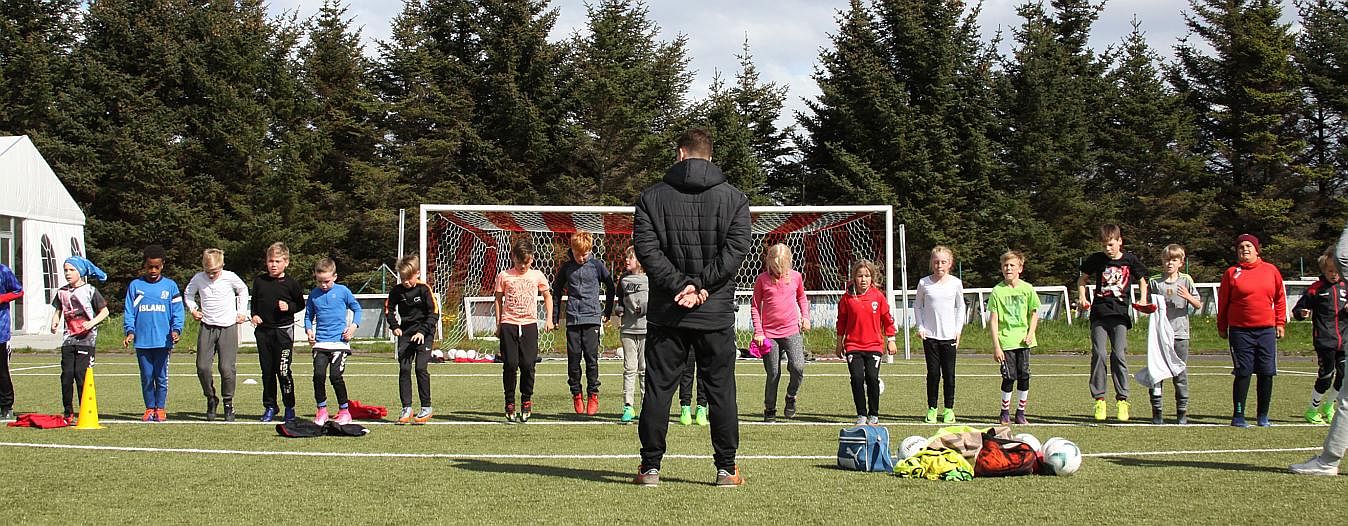In Iceland, stakeholders keep ears close to ground
As an Icelandic teen in the late 1980s, Ms Anna Sif Jonsdottir has been in situations where she could have easily got cannabis from friends.
In those days, it was common to be drinking at the age of 14. But it is a different Iceland for the new generation of youth, which her daughter, 17-year-old Anna Dogg Arnarsdottir, belongs to.
Besides taking a breathalyser test before her first high school ball last autumn, there were teachers and about 20 parents present at the event - unlike during her mother's time, when only one teacher was around.
In the past 18 years, Iceland's youth have been using less of substances such as alcohol, cigarettes and cannabis.
In 1998, 42 per cent of those aged 15 or 16 said they had been drunk in the past month. This figure dropped to 5 per cent last year. Similarly, those who said they had used cannabis before dropped from 17 per cent to 7 per cent in this period.
In 2015, teens from Iceland had the lowest substance use among European countries, according to the European School Survey Project on Alcohol and Other Drugs - which collects data from 16-year-old students. Eight per cent of Finnish students and 7 per cent of Swedish students said they had tried cannabis before, but the European average was double, at 16 per cent.
With its results, Iceland's work in curbing youth-related drug problems is being studied by Singapore, which faces a new generation of abusers who are younger, better educated and more susceptible to messages that drugs are not all bad.
So, what is the Icelandic model?
It is based on research, followed by a combination of connecting with youth and encouraging them to have a healthy lifestyle, involving parents in their children's lives, and changing laws affecting teens.
First, it ensures that those who work with youth have up-to-date data on youth trends, collected via regular well-being surveys.
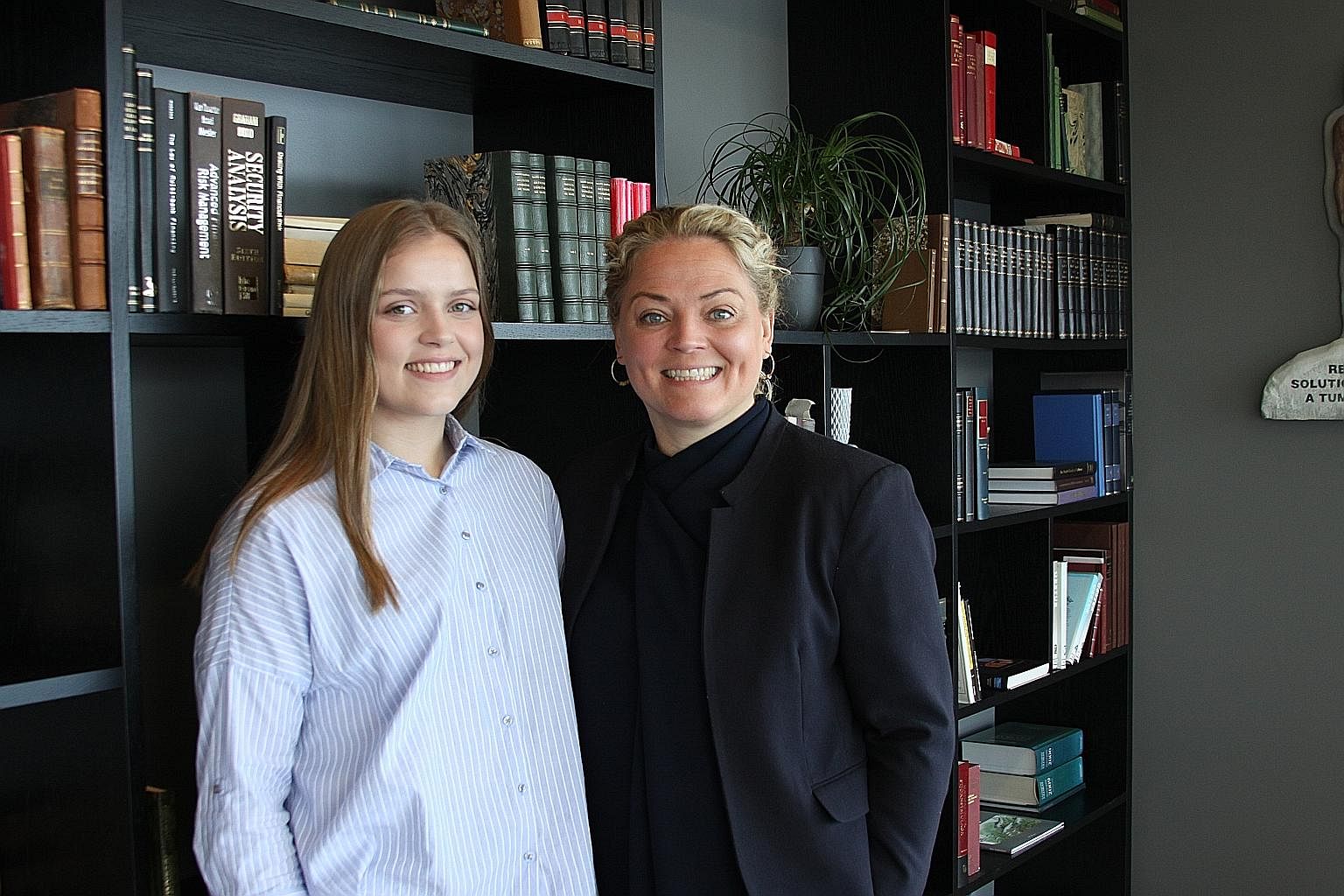
"One of the main pillars of this success is the dialogue that has been created and maintained between researchers, policymakers and people working in the field with children," said Mr Jon Sigfusson, director of the Icelandic Centre for Social Research and Analysis (ICSRA).
Every year, the centre surveys youth aged 10 to 19 on issues such as drug use and how they feel about it. Two months later, municipalities receive their results, and those who work with youth can monitor the effectiveness of policies, tackling worrying trends.
"The focus in prevention work has not been on the drugs," said Mr Sigfusson. Instead, Iceland works to strengthen the "preventive factors" that lower children's chances of substance abuse, while reducing "risk factors" that lead them to it.
This change started in the 1990s, when cannabis use and daily smoking among youth rose between 1992 and 1998. "We had been scaring them with the police, showing them pictures of swollen lungs of dead people... This alone was not working," said Mr Sigfusson. "We had to change their environment."
PARENTAL INVOLVEMENT
Second, parents were urged to spend more time with their children. With the government and municipalities reminding parents of the role they can play, asking them to ensure teenagers are home early, change started within families.
While 52 per cent of Iceland's 15- and 16-year-olds said in 2000 that their parents knew where they were in the evenings, ICSRA data found this grew to 75 per cent in 2014.
Since 2008, every school has had to have a parental organisation, or councils with parent representatives, bolstering their involvement in children's lives until high school.
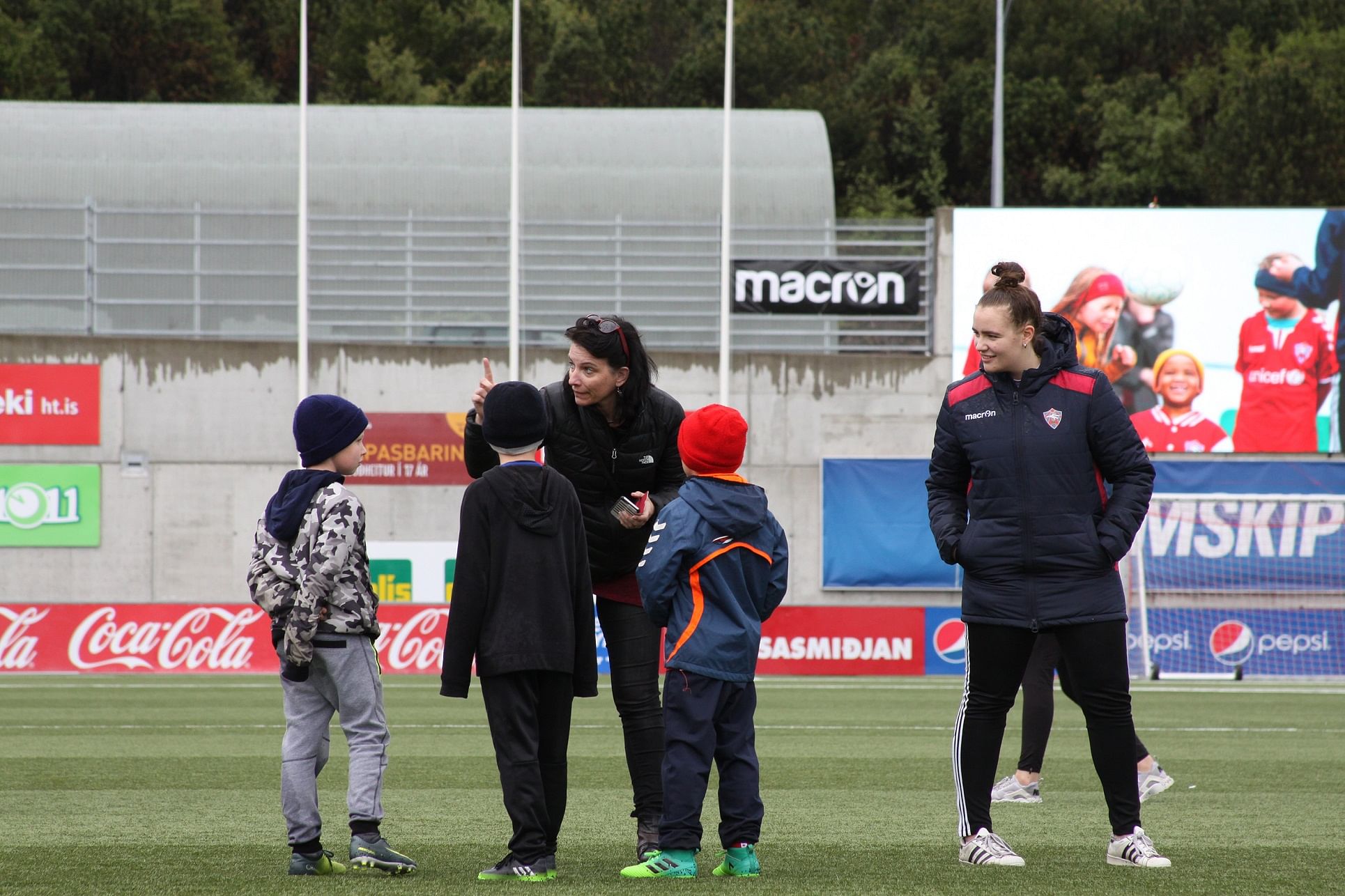
This allowed start-up manager Thorsteinn Viglundsson, 55, to get in contact with the parents of his children's friends. "When something is wrong, I pick up the phone. The kids don't start taking drugs if they know everyone will respond."
The national body for parental organisations, Home and School, introduced agreements that parents in each school could use to collectively decide on rules for their children as well, such as not having unsupervised parties, said its director Hrefna Sigurjonsdottir.
RECREATIONAL ACTIVITIES
Third, youth are encouraged to take up organised activities, with families given 35,000 krona (S$470) per year per child for this.
Over time, 15-year-olds' participation in sports, in a sports club four or more times a week, almost doubled - from 23 per cent in 2000 to 43 per cent in 2014.
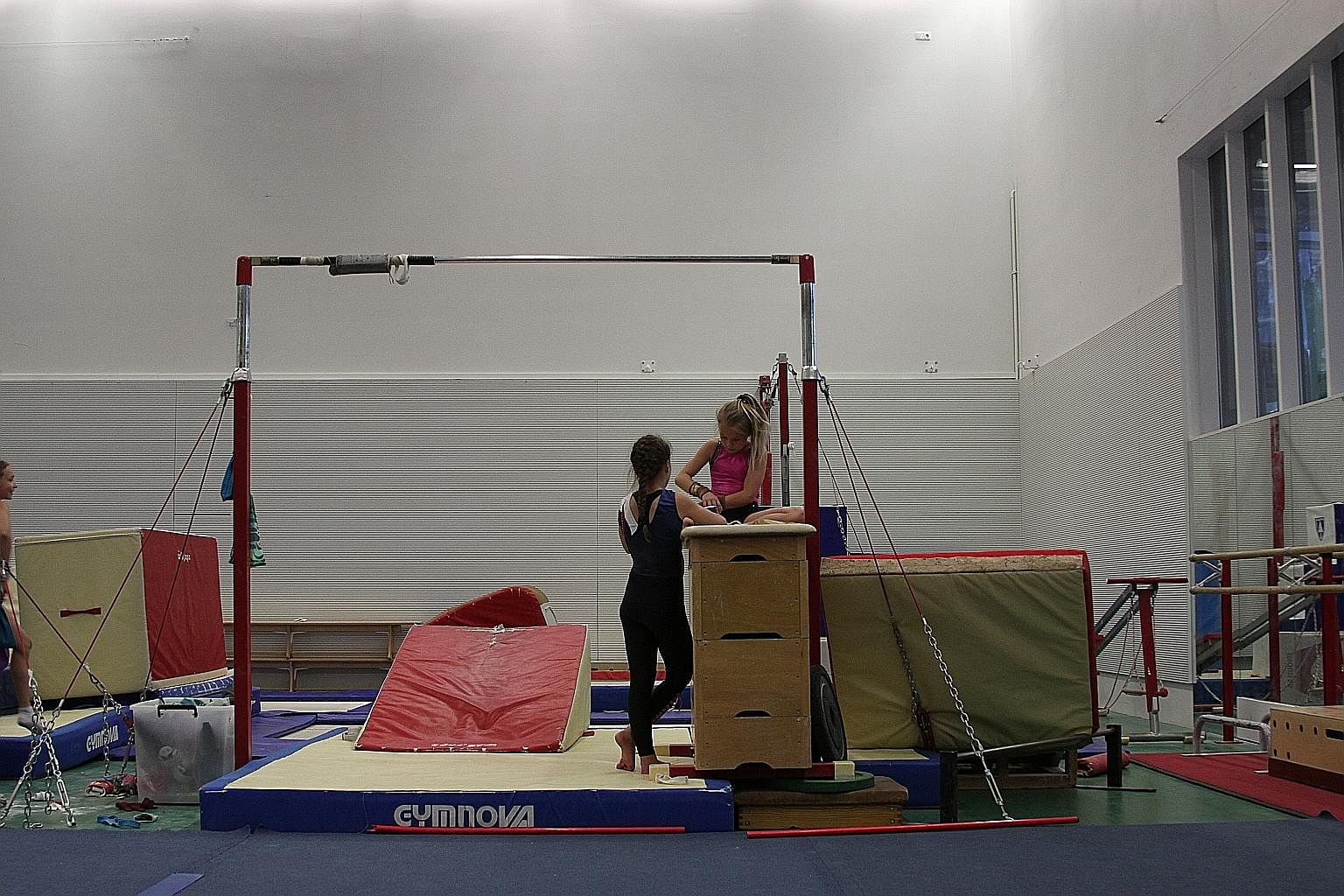
Fourth, changes in legislation have helped to support these moves. Youth below 18 and 20 can no longer buy tobacco and alcohol respectively. Those aged between 13 and 16 cannot be outdoors after 10pm in winter, and midnight in summer.
Children were once considered independent from their parents at 16, being able to take a loan from the bank at that age, but this limit was raised to 18 years old, strengthening parents' authority over teens.
CHALLENGES REMAIN
With changes to rehabilitation, the number of long-term treatment homes in Iceland's countryside also dropped from 10 to two.
Multi-systemic therapy - which is family-focused and community-based - is now the first line of defence, said Mr Funi Sigurdsson, director of government-run rehabilitation centre Studlar. If that fails, teens may be sent to Studlar or a long-term treatment centre.
This has seen results - waiting time to enter Studlar, which takes in over 40 teens each year, has fallen from a year to two months. But challenges remain - those referred to the centre are heavier users than before.
Stefan (not his real name), for example, smoked cannabis daily to numb his "bad feelings". He told The Straits Times he had been physically abused by his mother since he was five. Others in his family took the drug too.
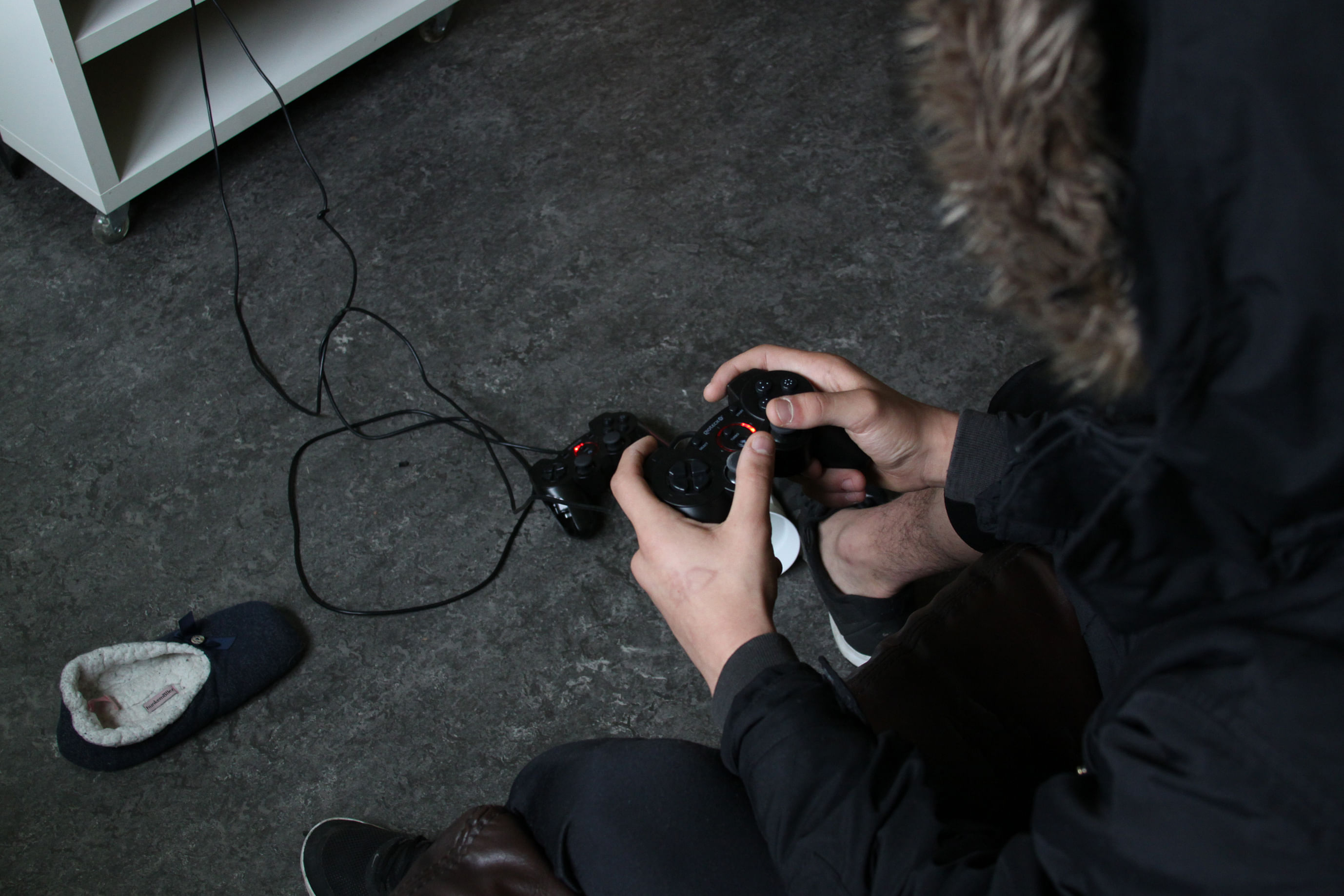
Now 15, the Icelandic teen was picked up, drunk and under the influence of hallucinogenic drug LSD, last December. He has been in Studlar six times since.
Iceland is also not exempt from trends such as liberal attitudes towards cannabis. As teens make their way to recreation centres after school, traces of drug use remain.
University of Iceland research scientist Gudberg Jonsson pointed out empty joints by a bench in Reykjavik city. Teens remove the tobacco to fill them with cannabis.
Cannabis use may have dropped for youth, but Bill (not his real name), who tried it at age 19, considers it less harmful than alcohol, which he links more with violent behaviour. He added that he knows the risk of addiction to cannabis, which is illegal in Iceland: "People can get really mentally dependent on it, and I guess it's my job to try and not become like that."
In Finland, fighting drug abuse a coordinated effort
It is 4pm on a Wednesday in suburban Helsinki, and around 10 children are gathered at a youth centre, playing video games or chatting. A pool table stands in what feels like a cosy living room, and a dance studio lies farther in the compound.
This centre in the suburb of Pasila is one of three nearby offering free activities for young people, said Ms Elisa Prepula, 47, area coordinator for Klaari - the city's unit for coordinating substance-abuse prevention work among its youth. There are over 40 youth centres in Helsinki.
Such centres are one of its many community partners - which include the police, schools and parishes - in disseminating the substance-abuse prevention message.
"What we do in our network helps, not by going straight to the children, but with a trickle-down effect," said Ms Prepula. For example, Klaari handles a programme where 15- to 16-year-olds are trained as "peer educators" on issues like alcohol and cannabis abuse. They then teach their younger peers.
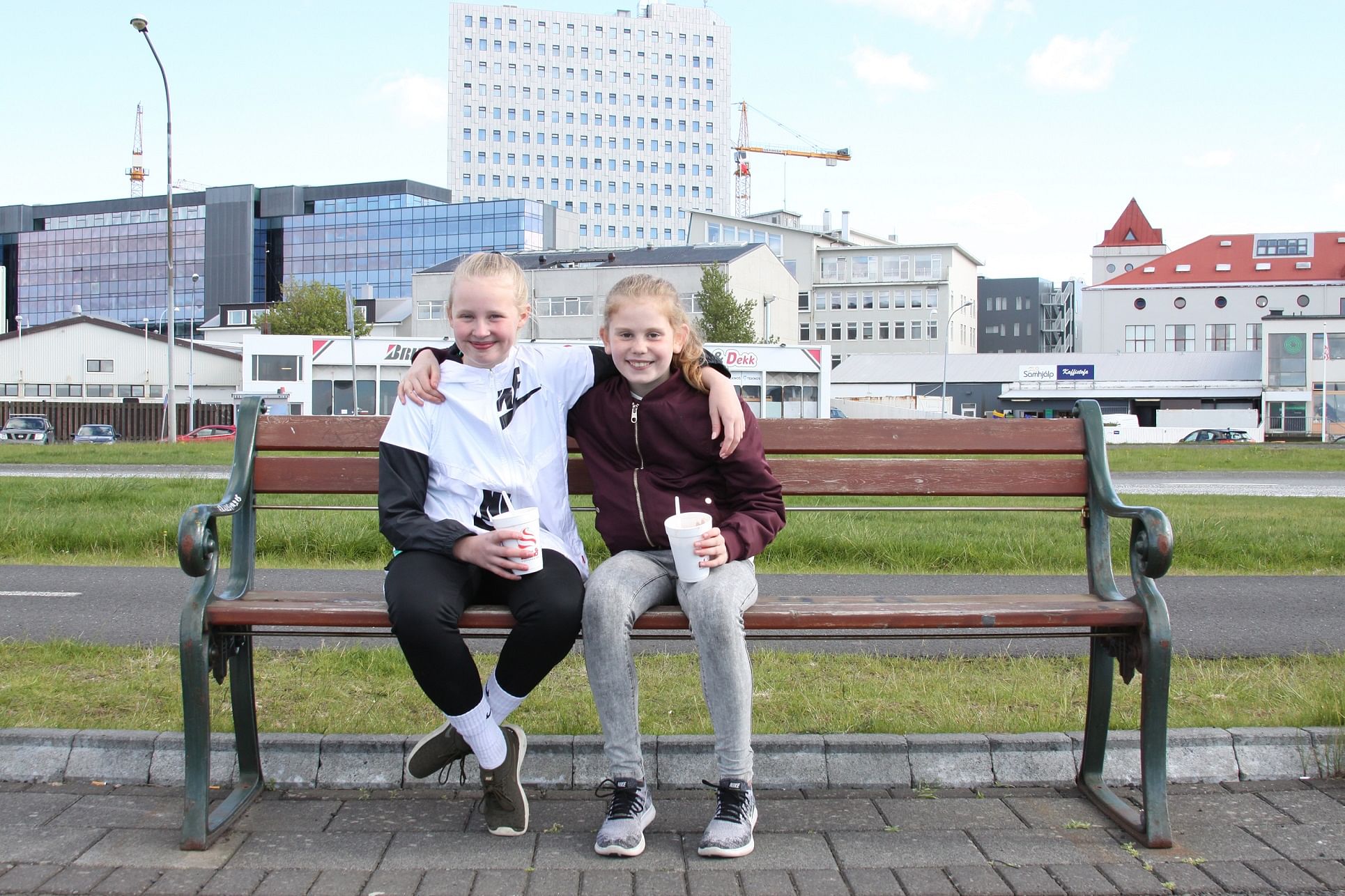
By law, every community in Finland has a group like Klaari, overseeing local prevention efforts, said Ms Elsi Vuohelainen of Preventiimi, a national knowledge centre for substance-abuse prevention among the youth.
Drug abuse in Finland is below average, according to the European School Survey Project on Alcohol and Other Drugs, which collects data among 16-year-old students.
Only 2 per cent of this group said they have used illicit drugs besides cannabis in 2015, compared with the regional average of 5 per cent.
But with cannabis growing in popularity, Finland has been trying to increase dialogue with the youth, and help professionals deal with the problem.
According to a 2014 study on the use and opinion of drugs, in 1998, 19 per cent of those aged between 15 and 24 said they had tried cannabis. This grew to 23 per cent in 2014. Meanwhile figures for those aged 25 to 34 grew from 19 per cent to 38 per cent in this period.
The trend prompted Mr Kim Kannussaari, an expert from the EHYT Finnish Association for Substance Abuse Prevention, a non-governmental organisation, to embark on a three-year project encouraging teachers and youth workers to talk about cannabis with the young.
With the younger generation more informed about drugs, "dialogue is the main thing; you have to listen to what the youth say, then respond", he said.
Groups such as Children of the Station do daily outreach with youth at malls, on the streets, and outside railway stations where they loiter. "It's about providing reliable grown-ups for kids," said executive manager Christian Wentzel.

To reach youth in the suburbs or countryside, it has a bus and vans too, travelling to needed areas - where there may be violence, drugs or social risk. Its Walkers House in Helsinki, which has a cafe for youth, saw 35,000 visits last year, up from some 24,000 in 2014. Walkers' activities take place in 11 cities and towns in Finland.
Ms Karoliina Kauhanen, 23, who grew up in Southern Finland, said she has been offered drugs multiple times since she was 15.
Wanting to make a difference in her community, she started a theatre group seven years ago as "an alternative way to spend time in rural areas". She said: "I have noticed that the at-risk group is the one that most desperately needs and wants to spend time in a safe environment with other teens, with no pressure from adults."
Ex-addict tells parents: Get child into safe home
Troubled by his parents' divorce and often left home alone as a teen, Nelson Cook started drinking with a group of older boys at the age of 12.roubled by his parents' divorce and often left home alone as a teen, Nelson Cook started drinking with a group of older boys at the age of 12.
The next year, he tried cannabis and, at age 15, psychedelics. It was the start of a lifelong struggle with addiction.
Mr Cook, who grew up in Helsinki and is now 46, told The Straits Times that looking back, he recalls receiving drug education as a student. "I remember a policeman saying he knows of users who ruined their mental health because of drugs. The warnings didn't sink in."
He was sent to the countryside to live with his relatives at age 19, and in his 30s, underwent treatment in St Petersburg, Russia. But his addiction - to heroin, by that time - proved difficult to kick.
"I was so obsessive, I couldn't think about anything else," he said.
For most of his life, Mr Cook took drug after drug - when the side effects of one became too severe. He moved from job to job as well, and found himself unable to maintain stable relationships.
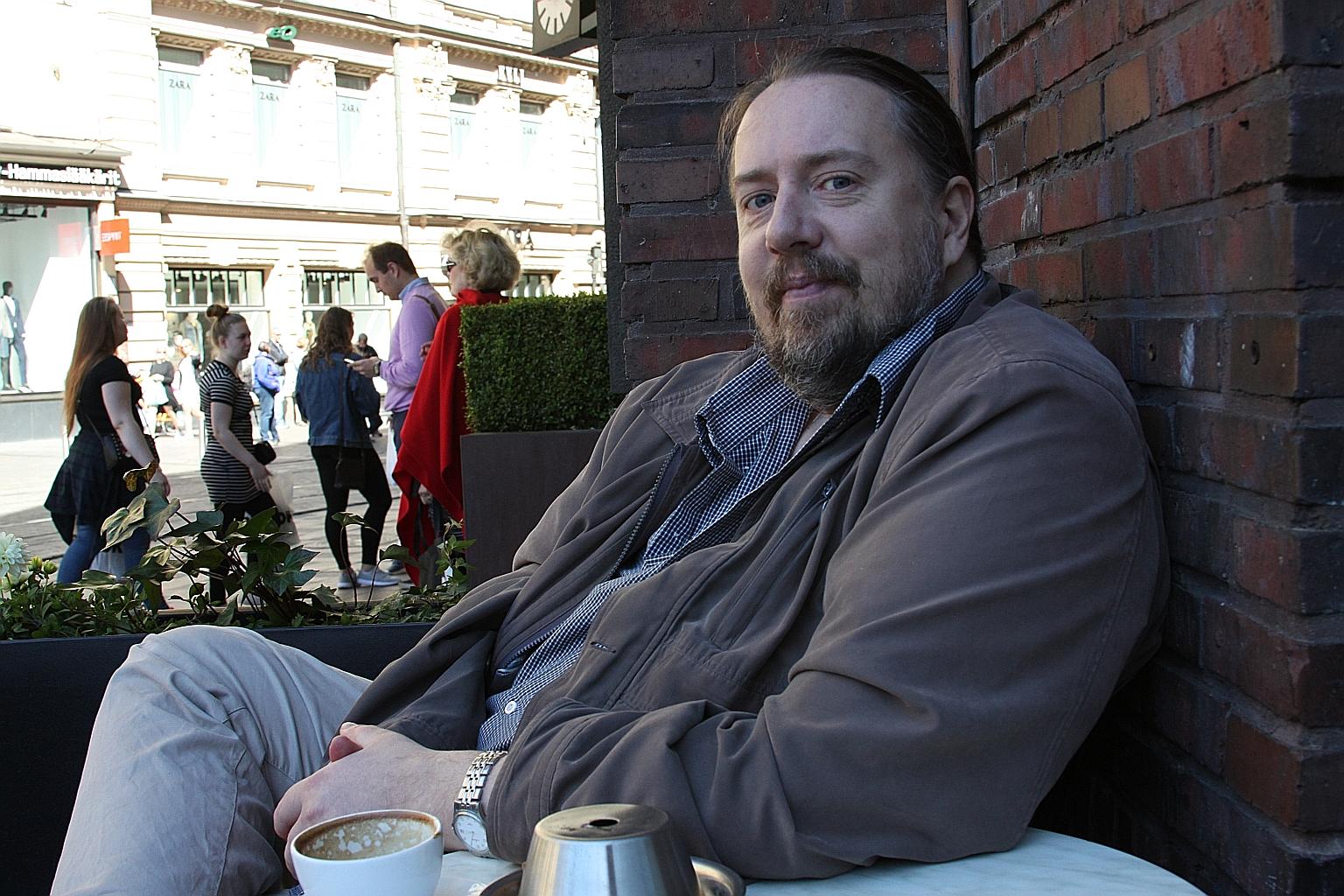
"All I knew was, I was very paranoid and anxious. I was still an untreated addict. At a later age, when I was with doctors, I realised I had paranoid schizophrenia."
It was only about six years ago that Mr Cook became determined to quit drugs: "I was so fed up with being a walking pharmacy."
Besides taking medication, which he got from treatment centres, and attending recovery programmes, he started seeking help through Narcotics Anonymous and Alcoholics Anonymous.
While he relapses with alcohol at times, he has since sworn off drugs.
His strongest message is directed at parents.
He said: "I'd like to tell parents, it's important to get a child into a safe home. Most of the people I know from recovery have had an insecure childhood."
Parents play vital role, says counsellor
When she moved to a different part of town with her family at age 14, Emma (not her real name) found herself bullied at school because of her elder sister's disabilities.
Unable to tell her parents the full story, she turned to cannabis.
"She told me that the first time she smoked, she felt good. She didn't have to worry about a thing - about protecting her sister, or about how she was feeling," said counsellor Gudrun Agustsdottir, 57.
The teen started smoking more, to the point where she did it daily. It took a toll on her relationship, and she broke up. Her parents, later learning of her drug use, sought help from non-governmental organisation The Parent House, when Emma was 16.
"She'd been smoking for one year, every day, and they didn't know. They worked a lot, and she lied to them. They just trusted her," said Ms Agustsdottir, a drug and alcohol counsellor with The Parent House.
It took six months for her to help Emma identify her "triggers", work through her heartache, and learn to stop being with friends who smoked the drug.
As with most of her clients, it was the girl's parents who first approached her. It is important to work with parents, she said, to ensure that teens do not return home to the same environment that brought about the drug use.
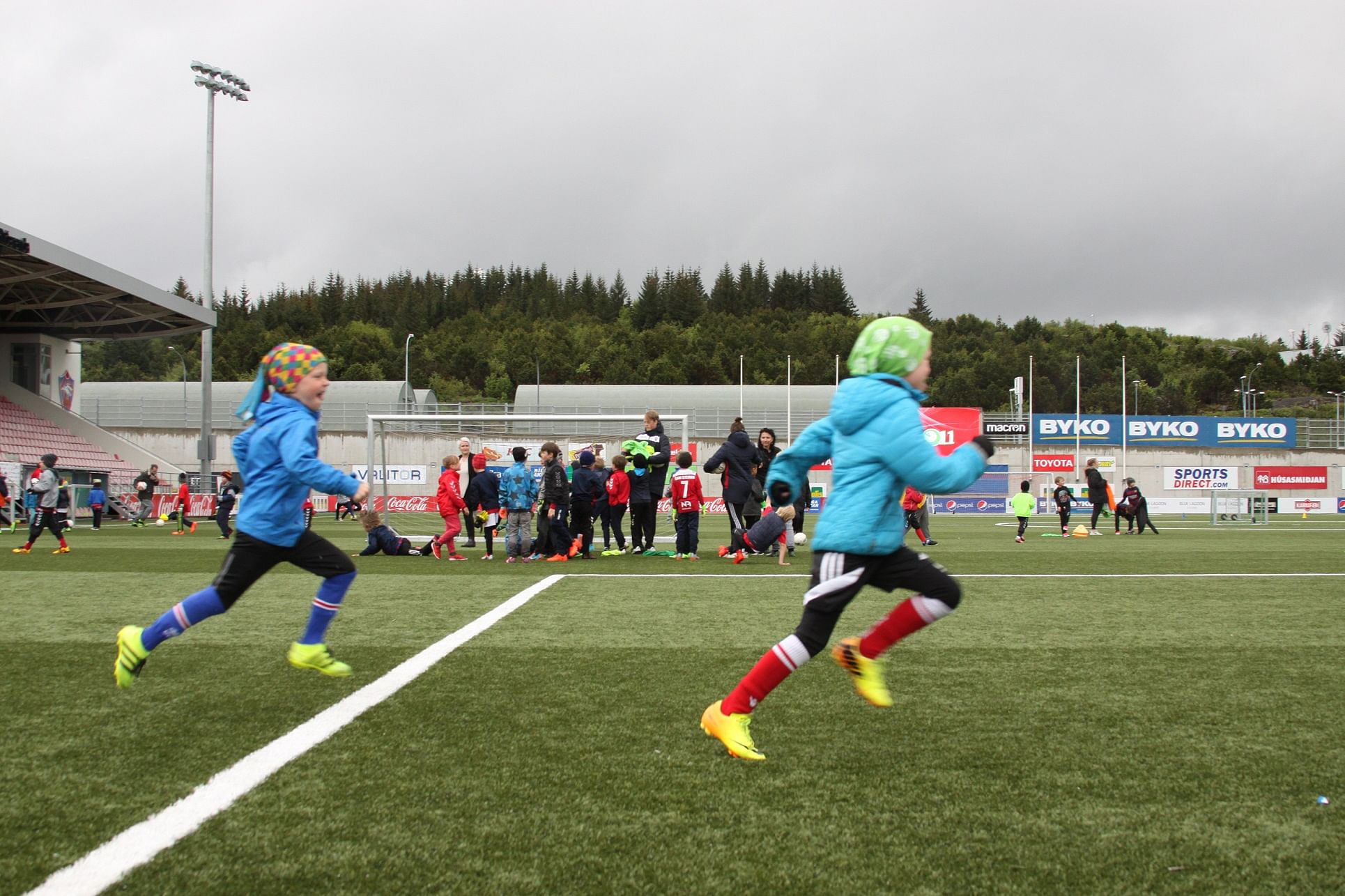
Besides traumatic events, like in Emma's case, teens may turn to drugs due to issues like depression or learning disabilities, Ms Agustsdottir said.
Legalisation abroad also contributes to liberal attitudes towards cannabis - the most common drug her clients turn to - and online buying on social media has made it easy.
A Facebook page seen by The Straits Times had sellers openly advertising drugs such as ecstasy and cannabis to a group of over 1,200 members.
But Ms Agustsdottir warns of addiction and the dangers of starting young. The Parent House conducted 750 counselling sessions last year. While she does not have comparative figures from the years before, she said of her 36 years' experience: "I think parents are more observant now, and they are quicker to come and seek help."
While this may mean seeing more cases of youth drug abuse, she said it could be a positive sign: "The sooner you come, the easier it is for us to tackle the issues."
Singapore ‘may need more stratified approach’
Experts here say regular data collection on well-being, like what Iceland does, could help improve drug prevention strategies, but Singapore may need a more stratified approach due to its population size and diversity.
About 20 countries have tried, or are taking steps, to implement the Icelandic model of drug prevention, said Mr Jon Sigfusson, director of the Icelandic Centre for Social Research and Analysis.
He believes the model can easily be replicated worldwide, but a potential obstacle is some local governments' unwillingness to acknowledge problems in their communities that need to be tackled.
Iceland's and Finland's models for drug prevention are among those that Singapore is studying, as Home Affairs and Law Minister K. Shanmugam warned of a new generation of drug abusers earlier this year.
Psychiatrist Thomas Lee of The Resilienz Clinic noted that Singapore's population is over 10 times larger than Iceland's. "We have a more diverse culture and heterogeneous social lifestyles. The task of getting such data will be considerably more challenging."
Addictions specialist Munidasa Winslow called it a "basic" move to increase family time and recreational activities, which are recognised ways to keep youth clean. But society has to recognise the urgency of using it.
"It's a message that needs to go out to families, that quality of life depends not on how much you earn, but the amount of time that you spend with your family," he said. "It's not only the drug problem, but others like delinquency, which will also be reduced."
It should be a multi-agency effort to get parents more involved in their children's lives, said Singapore Anti-Narcotics Association executive director Abdul Karim.
Chairman of the Government Parliamentary Committee for Home Affairs and Law Christopher de Souza said that while Singapore should look to precedents abroad, its "foundations must remain to deter supply and demand". Prevention strategies such as drug education could also be improved by incorporating it into the science curriculum as examinable material to "cast the net wide across to all schools", he said. He expressed support for greater parental involvement in organised activities, but said "we should be careful not to adopt wholesale what other jurisdictions do".

